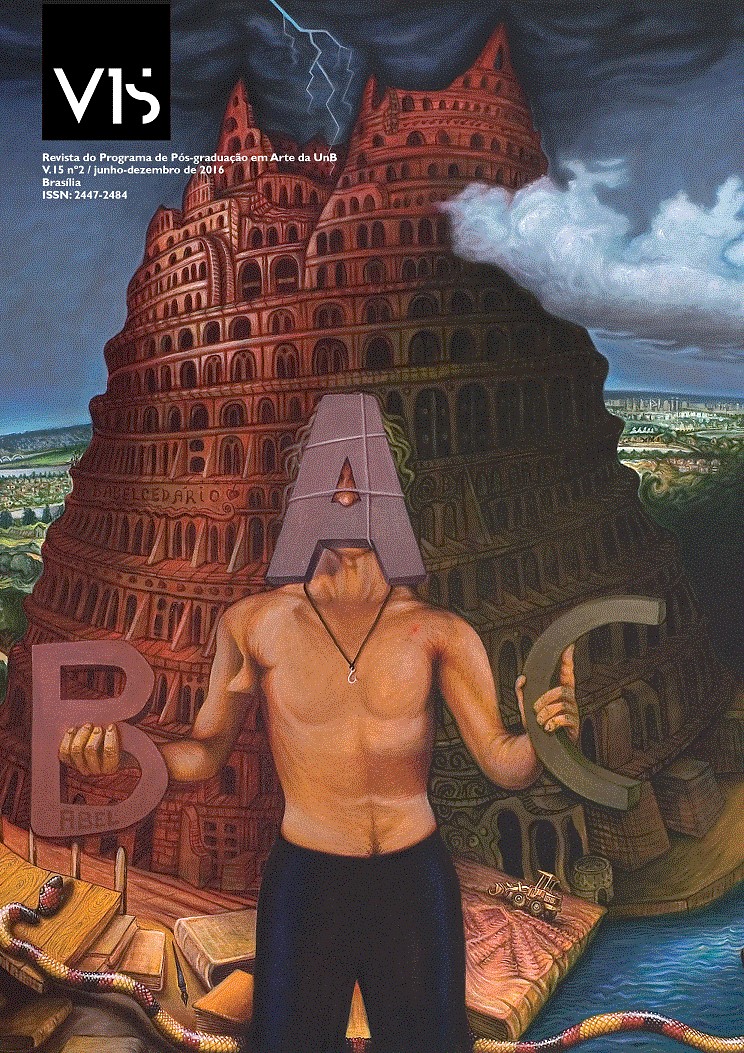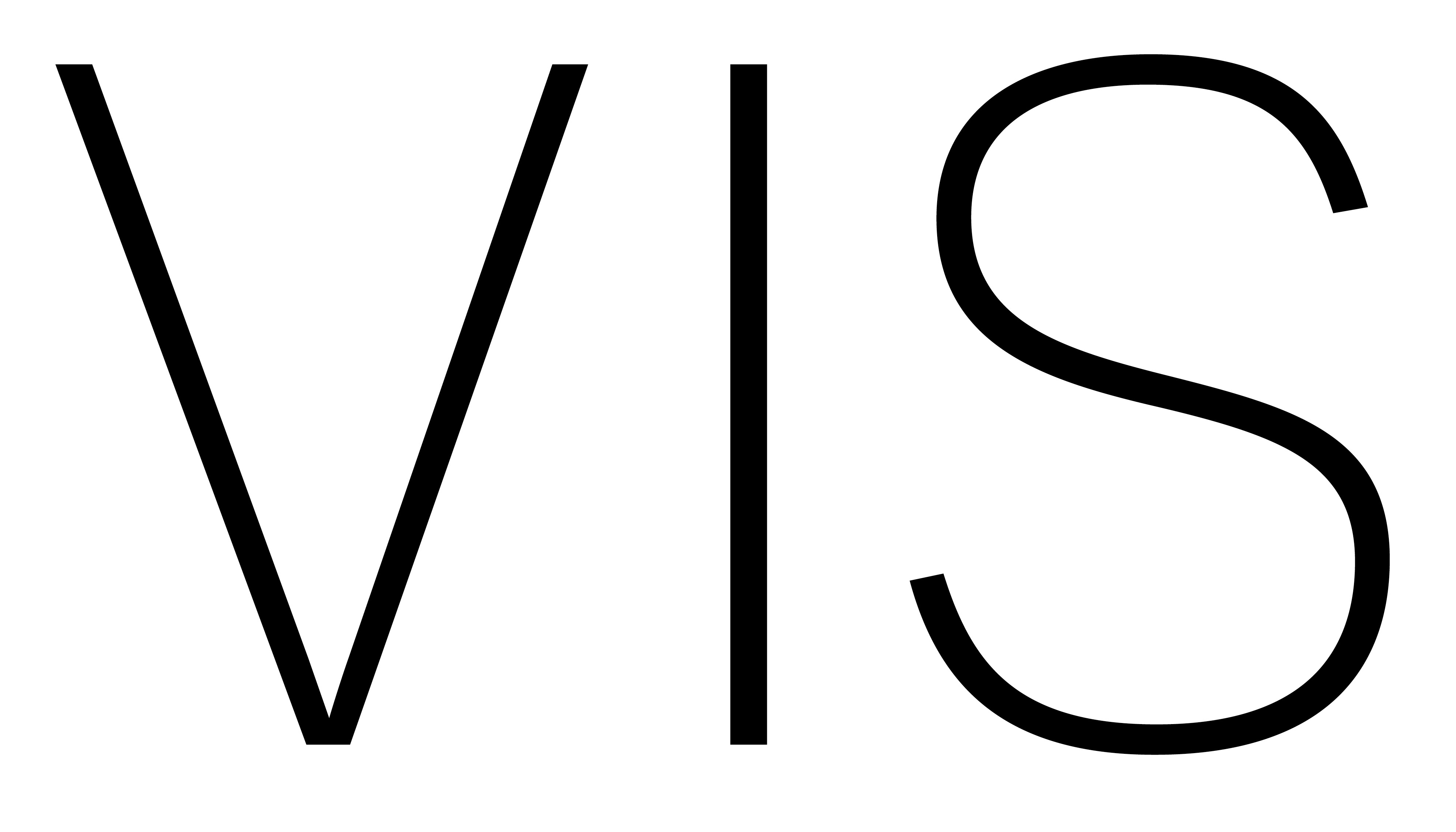A internacionalização da pintura vanguardista, de Courbet a Picasso
uma transferência cultural e seus quiproquós
DOI:
https://doi.org/10.26512/vis.v15i2.20390Keywords:
Paris. Avantgarde-painting. Internationalization. Cultural TransferAbstract
It is often asked how the various historical avant-gardes were able to persist in their avant-gardism and gain recognition, when support from the art market was denied them out of hand. From the Realism of the 1850s to the virulent varieties of avantgardism in the 1910s, artistic innovation was made possible by avant-garde painting’s physical as well as symbolic detour abroad. This detour allowed artists to remain avant-garde within the Parisian field while at the same time exporting a more saleable kind of painting. On the symbolic level, especially, it was a basis for the legitimacy of avant-garde claims about the internationalization of their careers, stirring European elites’ national guilty consciences. This internationalization was rendered possible by the large range of cultural divisions among various countries. One could therefore work to adapt avant-garde exhibitions abroad. From the Realist period onward, the artists themselves, then increasingly their dealer friends, critics, and collectors, took charge of this vast movement of cultural transfer, but at the risk of making many compromises.
Downloads
References
BAILLY-HERZBERG, Jeanne. L’eau-forte de peintre au XIXe siècle: la Société des aquafortistes (1862-1867). 2.vol. Paris, 1972.
BAILLY-HERZBERG, Jeanne. Correspondance de Camille Pissarro. Paris: PUF, 1980.
BOIME, Albert. The Academy and French Painting in the 19th Century. Londres: Phaidon, 1971.
BOURDIEU. Pierre. Les règles de l’art. Genèse et structure du champ littéraire: Le Seuil, 1992.
CACHIN, Françoise. “Le paysage du peintre”. In: Les lieux de mémoire , t. II: La Nation. NORA, Pierre (dir.). Paris: Gallimard, 1997, vol. 1, L’immatériel. Paysages, p. 957-996.
CENTRE GEORGES-POMPIDOU. Robert Delaunay, 1906-1914: de l’impressionnisme à l’abstraction. Paris: Ed. do Centre Georges-Pompidou, 1999.
CHAMBERLIN, J. Edgar Chamberlin. New York Evening Mail, 1908.
CHARLE, Christophe. Paris fin de siècle. Paris: Le Seuil, 1998, p. 86-88.
DENIS, Maurice. “Défense du néo-traditionisme”, Art et critique, agosto de 1890, In: DENIS, M.. Théories. Du symbolisme de Gauguin vers un nouvel ordre classique, 4a edição. Paris: L. Rouart et J. Watelin, 1920.
GAMBONI, Dario. La plume et le pinceau: Odilon Redon et la littérature. Paris: Éditions de Minuit, 1989.
GILOT, Françoise. Vivre avec Picasso. Paris: Calmann-Lévy, 1964.
HEINICH, Nathalie. La gloire de Van Gogh. Essai d’anthropologie de l’admiration. Paris: Éditions de Minuit, 1991.
JENSEN, Robert. Marketing Modernism in Fin-de-siècle Europe. Princeton: Princeton University Press, 1996.
JOYEUX, Béatrice. “Paris-Weimar-Berlin: le “pivot merveilleux”?”. In: ParisWeimar/Weimar-Paris. Kunst- und Kulturtransfer um 1900. KOSTKA, A. (ed.).
Tübingen: Stauffenburg Verlag, 2005, p. 131-158.
JOYEUX-PRUNEL, Béatrice. “Les bons vents viennent de l’étranger”.L’Internationalisation de l’œuvre et de la gloire de Gauguin”, Revue d’histoire moderne et contemporaine, julho 2005, p. 113-147.
JOYEUX-PRUNEL, Béatrice. “La construction internationale de l’aura de Picasso avant 1914. Expositions différenciées et processus mimétiques”. Revoir Picasso. Anais do colóquio do Museu Picasso, Paris, março de 2015 (publicação on-line, março de 2016). Texto e vídeo : http://revoirpicasso.fr/circulations/la-constructioninternationale-de-laura-de-picasso-avant-1914-expositions-differenciees-etprocessus-mimetiques-%E2%80%A2-b-joyeux-prunel/
________________________. “¿Exponer al cubista sin cubismo ? De cómo Kahnweiler llegó a convencer a Alemania - e incluso al mundo entero - del aura de
Picasso mediante su pedagogía expositiva (1908-1914)”. Picasso. Registros Alemanes, Catálogo de exposição. Malagá: Museo Picasso, 2015, p. 258-273.
MAINARDI. Patricia. Art and Politics of the Second Empire: The Universal Expositions of 1855 and 1867. Princeton ”“ New Heaven ”“ London: Yale University Press, 1987.
MEIER-GRAEFE, Julius. Der moderne Impressionismus, vol. 2. Berlin: R. Muther, 1903.
MONNERET, Sophie. L’impressionnisme et son époque. Paris: Denoël, 1978-1982, reedição Paris: Robert Laffond, 1987.
NIEMEYER, Oskar; MATISSE, Henry. Der Architektonische Rhythmus, Sonderbund 1910 Denkschrift, citado no cat. exp. Henri Matisse, 1904-1917, Paris: Centre Pompidou, 1993.
REWALD, John (ed.). La Gazette des Beaux-Arts, abril 1952, p. 264-284; Paris, 3 de janeiro de 1898.
SCHÄFER, Carina. La relation entre le comte Kessler et Maurice Denis, 1902-1913. Dissertação de mestrado em história da arte, sob a direção de J.-P. Bouillon, Universidade Blaise-Pascal-Clermont-Ferrand II, 1996.
SIGNAC, Paul. D’Eugène Delacroix au néo-impressionnisme, Paris: Ed. de la Revue blanche, 1899. [Última edição francesa por Françoise Cachin, Herman, 1978].
SUTTON, Denys. “Degas et l’Angleterre”. In: Degas inédit. Actes du Colloque “Degas”, Musée d’Orsay, 18-21 avril 1988. Paris: La Documentation française, 1989, p. 277-288.
VOLLARD, Ambroise. Souvenirs d’un marchand de tableaux [Lembranças de um vendedor de arte]. Paris: Albin Michel, 1937.
WHITE, Harrison; WHITE, Cynthia. La carrière des peintres au XIXe siècle: du système académique au marché des impressionnistes (Canvases and Carreers, New York, Wiley, 1965). Paris: Flammarion, 1991.




